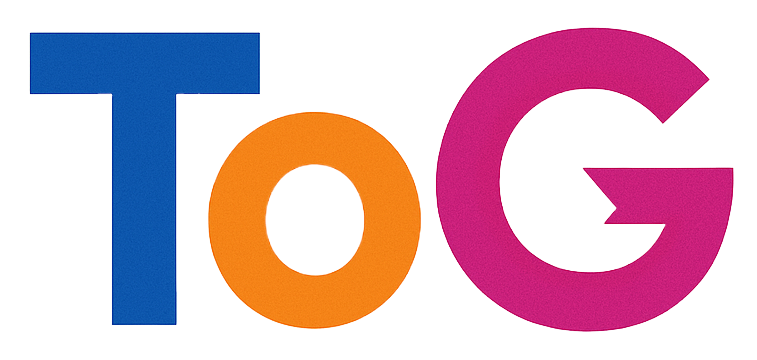The Importance of Balance: Navigating Internal Link Optimization
In the world of SEO, optimizing internal links is a critical component of enhancing website navigation and boosting search engine visibility. However, it is essential to strike a balance when optimizing these links, much like you would with external links.
Understanding Internal Link Optimization
Internal links refer to hyperlinks that connect one page of a website to another within the same domain. They play a vital role in helping search engines understand the hierarchy and structure of your content. Properly implemented, internal linking can improve the user experience by guiding visitors to relevant information, thereby encouraging longer site visits and reducing bounce rates.
The Risk of Over-Optimization
While it may be tempting to employ overly targeted anchor text for your internal links to achieve maximum SEO impact, there’s a risk of over-optimization. Just as with external links, where excessive keyword-stuffing can lead to penalties from search engines, over-optimizing anchor text on internal links can result in similar ramifications.
When anchor text is excessively rigid or overly similar, it may signal to search engines that you are manipulating your content artificially. This could negatively affect your site’s ranking and diminish the credibility you’ve worked hard to build.
Striking the Right Balance
To optimize internal links effectively, focus on creating a natural and relevant experience for your users. Here are a few strategies to consider:
-
Vary Your Anchor Text: Instead of using the same keyword-heavy anchor text repeatedly, mix it up. Use descriptive phrases that accurately reflect the content of the linked page. This variety makes it easier for users to navigate while also signaling relevance to search engines.
-
Prioritize User Intent: Ensure that your internal linking aligns with the users’ needs and intent. Links should seamlessly direct users to related content that enhances their browsing experience.
-
Monitor Performance: Keep an eye on how your internal links are performing. Utilize analytics tools to gauge engagement and adjust your strategy as necessary. If certain links are underperforming, reassess their placement and anchor text.
In conclusion, while optimizing internal links is essential for SEO, it is equally important to avoid over-optimization. By adhering to best practices and maintaining a user-centric approach, you can ensure that your internal linking strategy supports both your audience’s needs and your site’s search engine performance.

